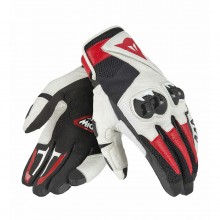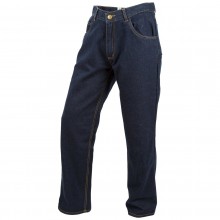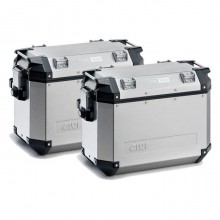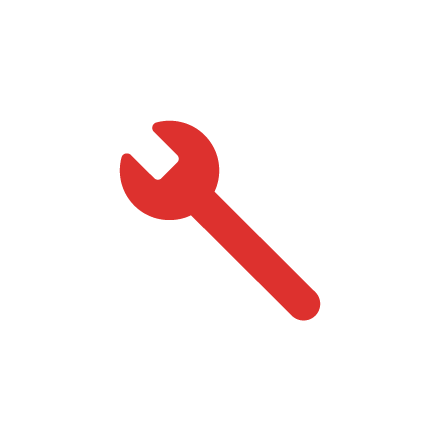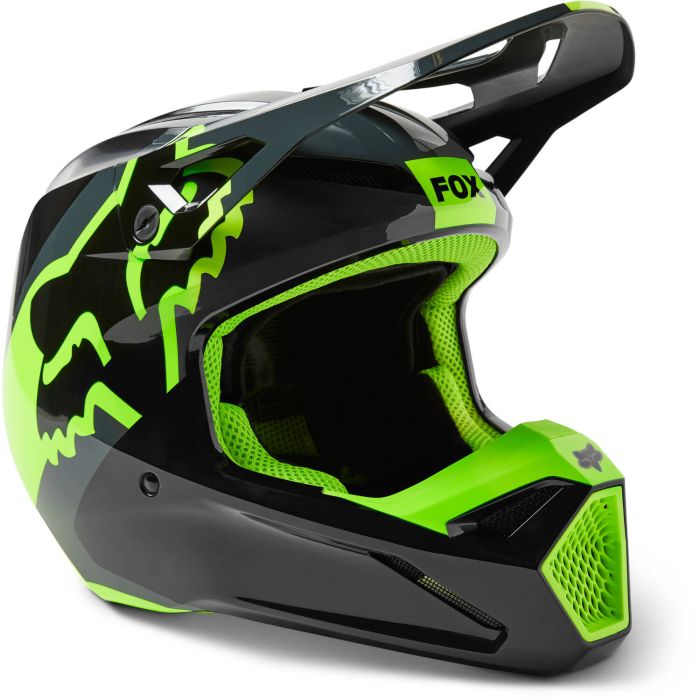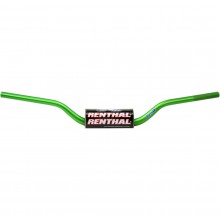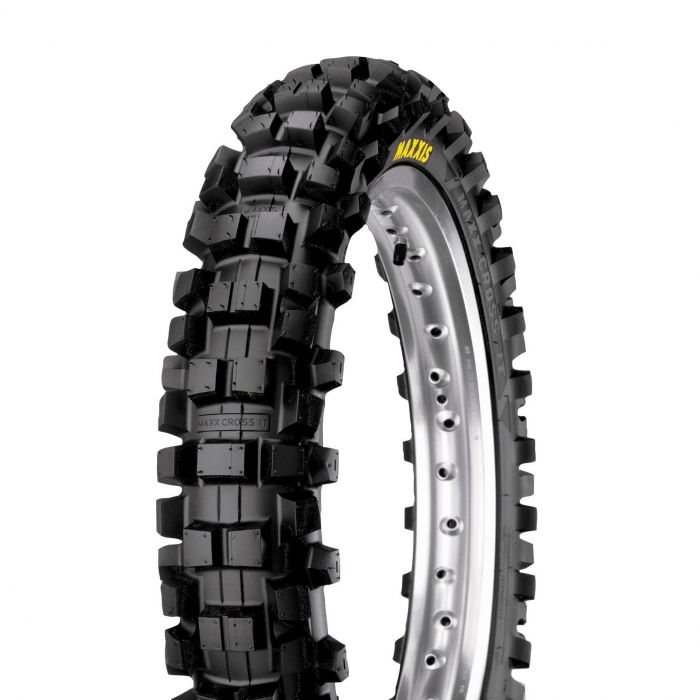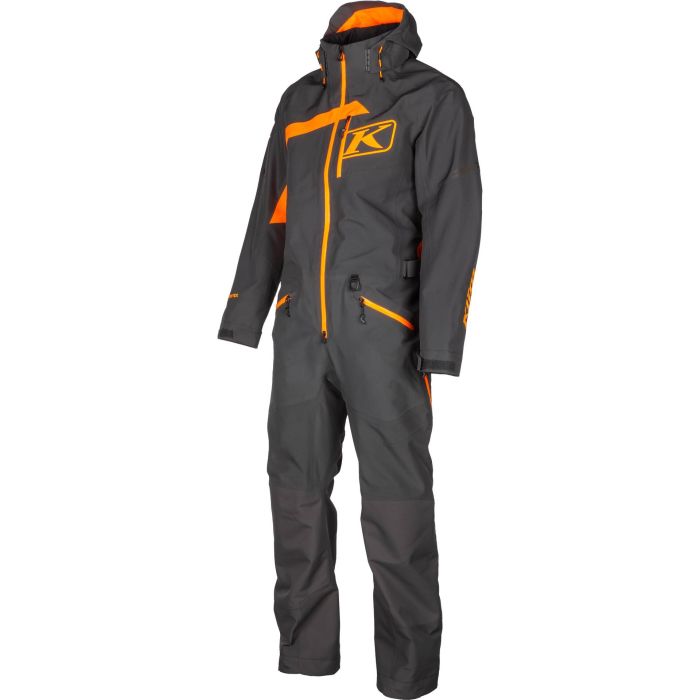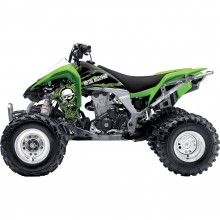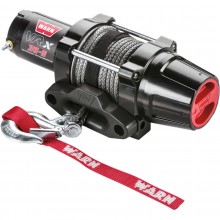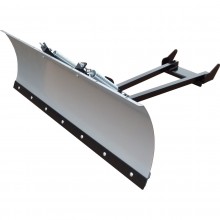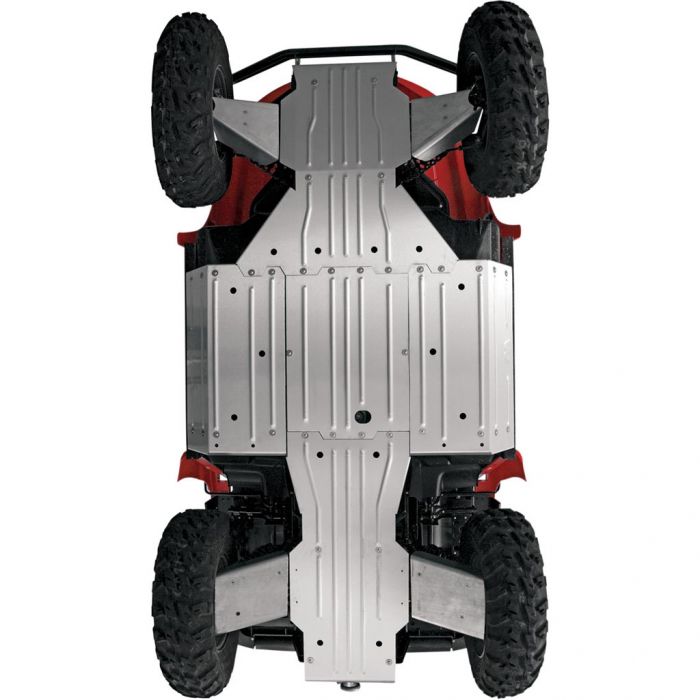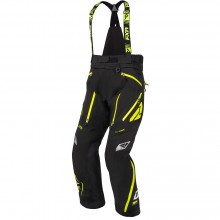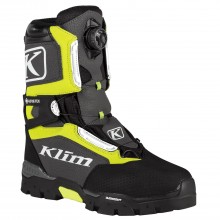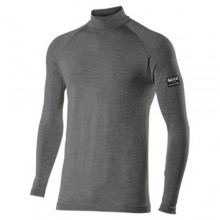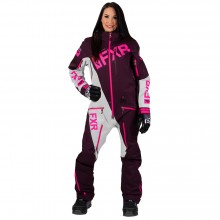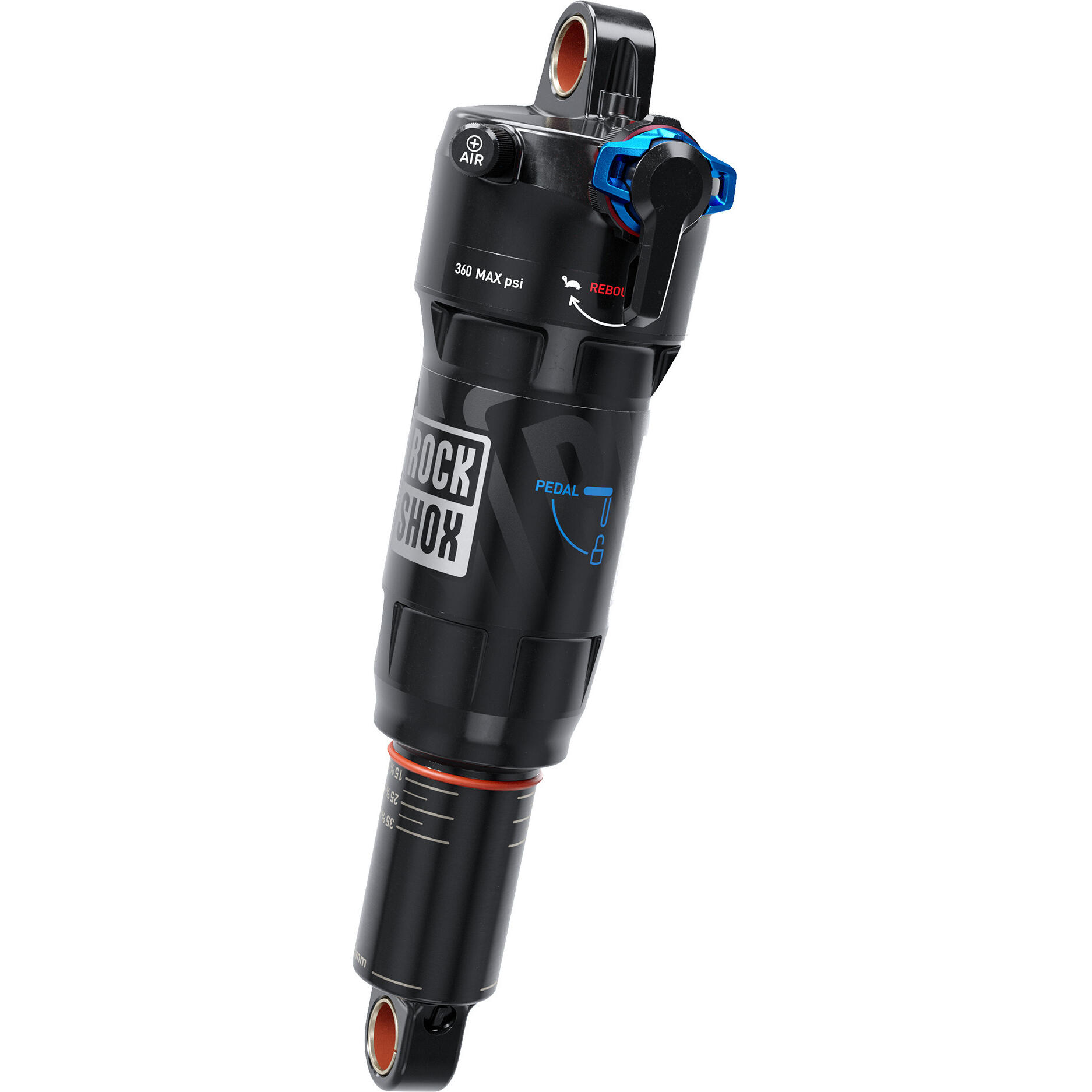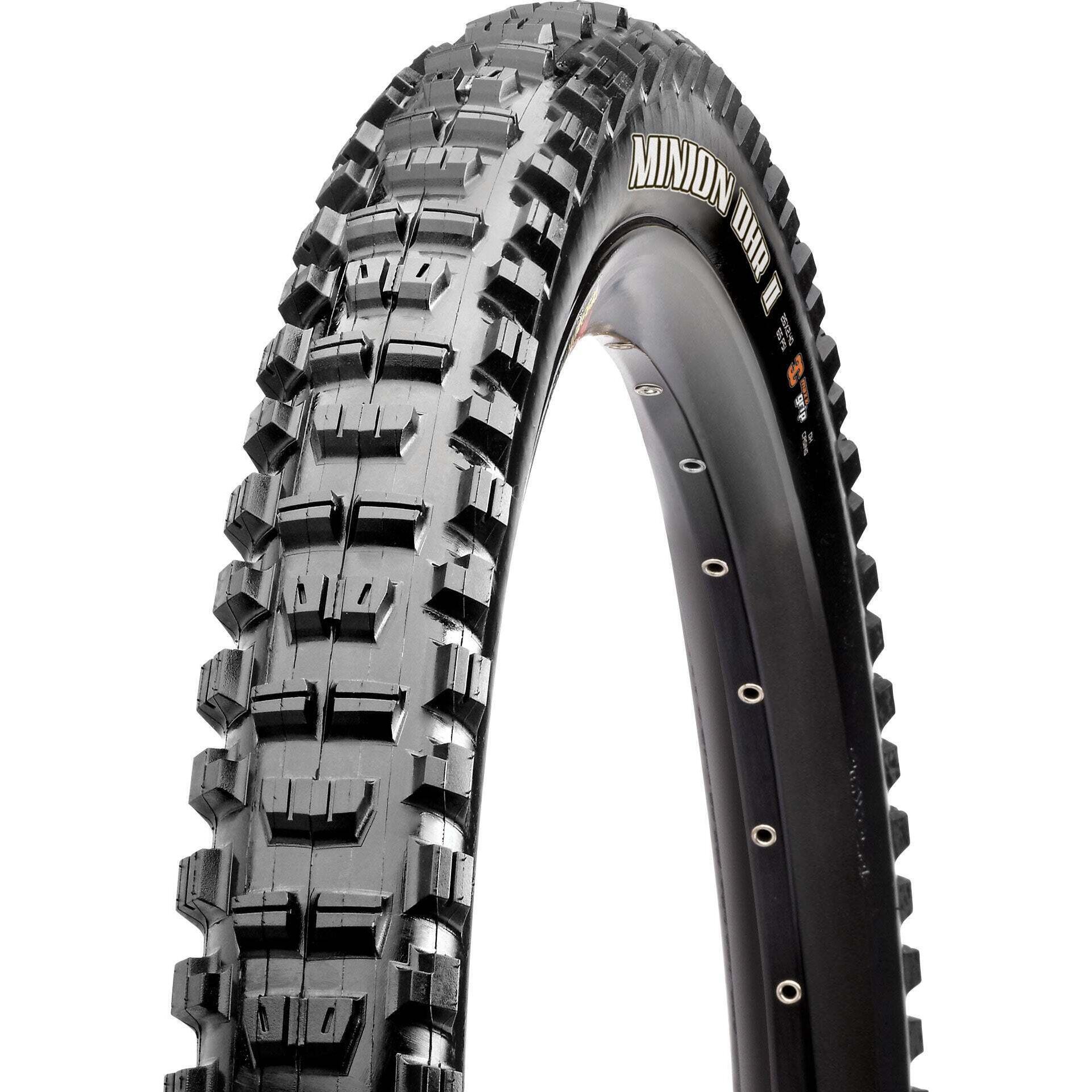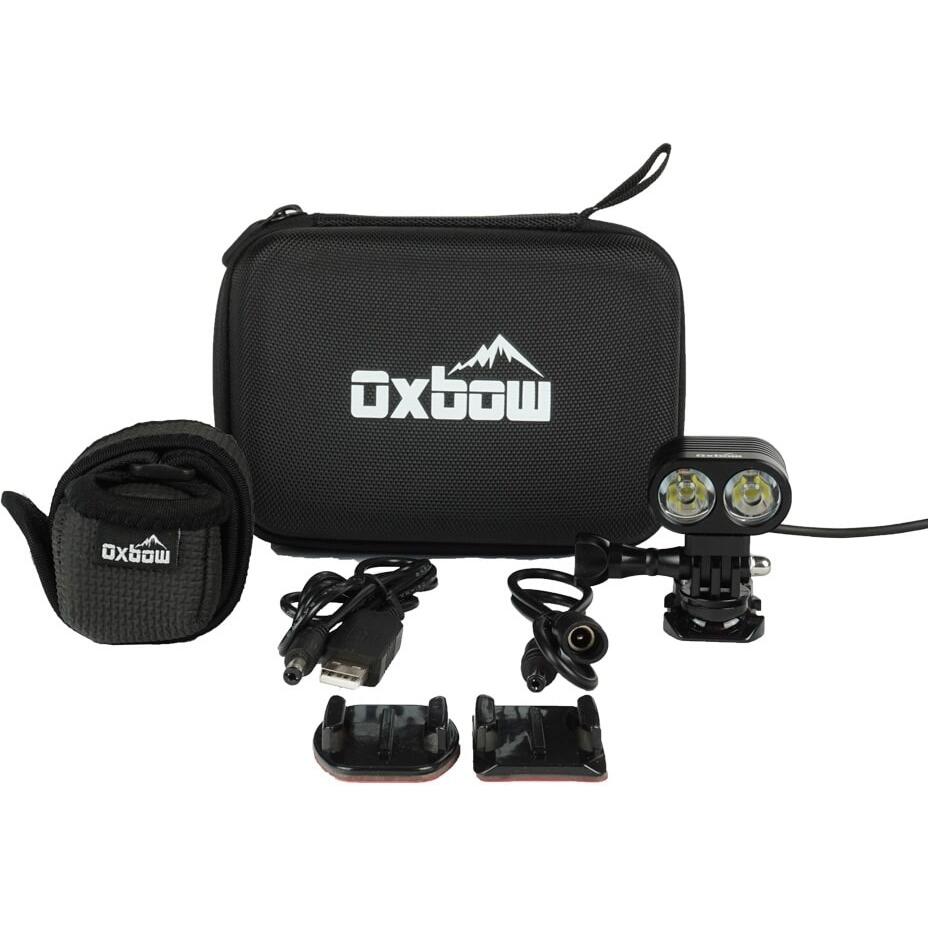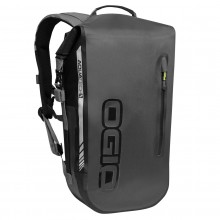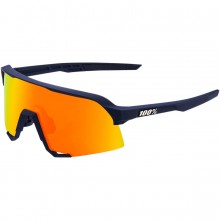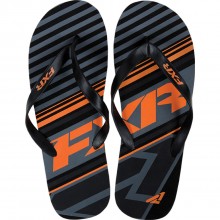
When to Replace Your Motorcycle Tires
When should you replace your motorcycle tires? Get to know the telltale warning signs first, well before you find out on the road!
Shop Tires
Apr 20, 2022 — If you blow a tire while driving your car – meh – you've got three left. Now, if you lose a rubber while riding your bike, 50% of your road contact is toast. And that can mean a big crash in a big hurry.
Fortunately, you can drastically reduce your risk by keeping an eye out for some telltale warning signs.
Visual Signs That Your Tires Are Dying
Checking the health of your tires is one of the simplest practices of motorcycle maintenance. Using just your eyes, you can inspect for low tread, crazing, bulges, flat spots, scalloping, aging and punctures. Below, we'll show you how to identify and judge each of these issues.
How to Spot Low Tread
The motorcycle minimum tread depth is roughly the same as it is for cars - 1.5mm. So, the classic automotive penny test is a good benchmark for riders as well.
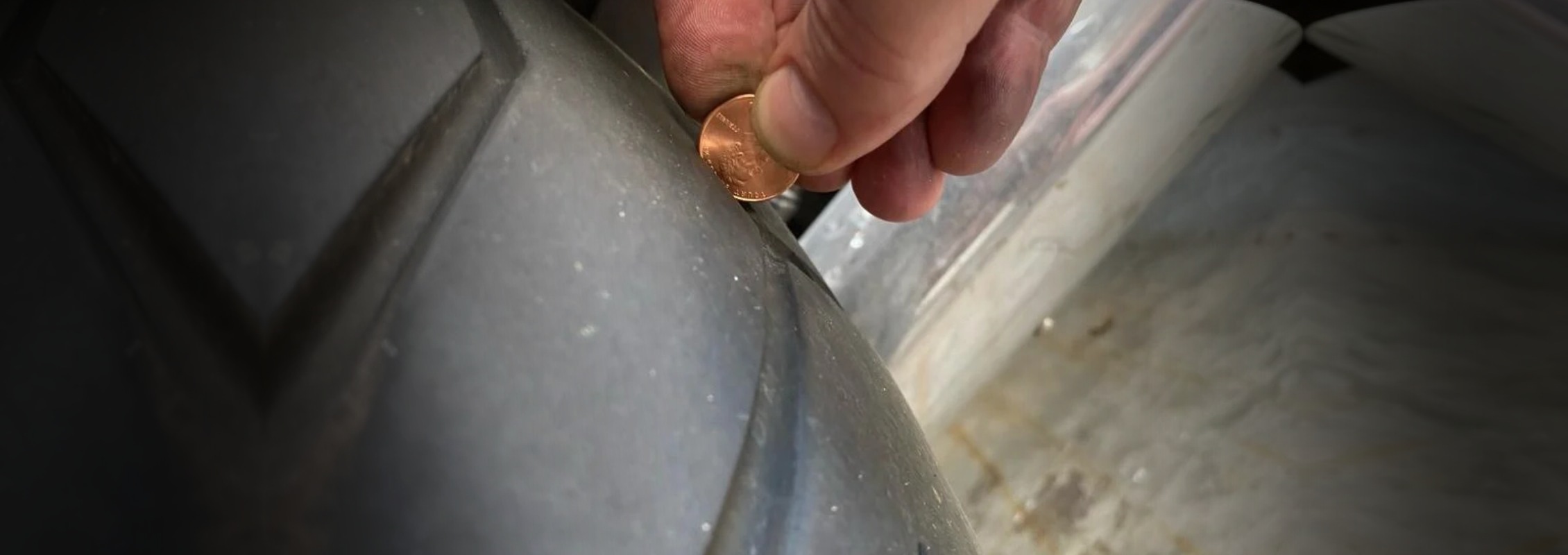
And yes, Canada did discontinue the penny. But before you launch an angry riot on parliament hill, try grabbing a dime. Flip the Bluenose upside down and stick it into one of the tread grooves. If you can see the top of the mast, it’s time to replace the tire.
No change? No problem. Many motorcycle tires come with tread wear indicator bars (TWIs). These are little bands of raised rubber that run inside your tire’s grooves. When the indicator bars become flush with the surface of your tire, it’s time to get a new one.
Keeping an Eye on Tire Crazing Patterns
Crazing refers to the small cracks, cuts and tracks that appear on a tire’s surface as it ages. While these normally appear on a tire’s sidewall – near the rim – it’s worth having a look all over. Crazing is often caused by dry rot, which is especially common for those who can’t ride during the winter. If you live in Canada, that probably means you.
Crazing is a telltale sign of slow leaks and an imminent blowout. If you notice some cracking, don’t hesitate to replace the tire.

Tire Bulges Mean Big Trouble
If it looks like your tire is blowing a bubble, change it. Now!
This indicates severe damage to the tire’s outer surface. As a portion of the tire is weakened, the internal air pressure causes it to bulge outwards. The bubbling portion of the tire can be extremely fragile, so it’s not recommended to drive your motorcycle to the shop. Change the tire yourself, find a trailer for your bike, or detach the wheel and bring it in separately.

When Chicken Strips Become Dangerous
We all have certain riding habits, and they can be read from our tires’ wear pattern. If you ride slowly and more upright, you’ll get what’s called a “chicken strip” along the center of your tire. This is basically an unkind way of saying that the center of your tire has been worn flat, while the edges haven’t seen much action.
Keep an eye out for this, as flat spots suggest that a tire is nearing the end of its life. When you can feel the chicken strip while riding - or when it wears your tread below the minimum depth - time is up.
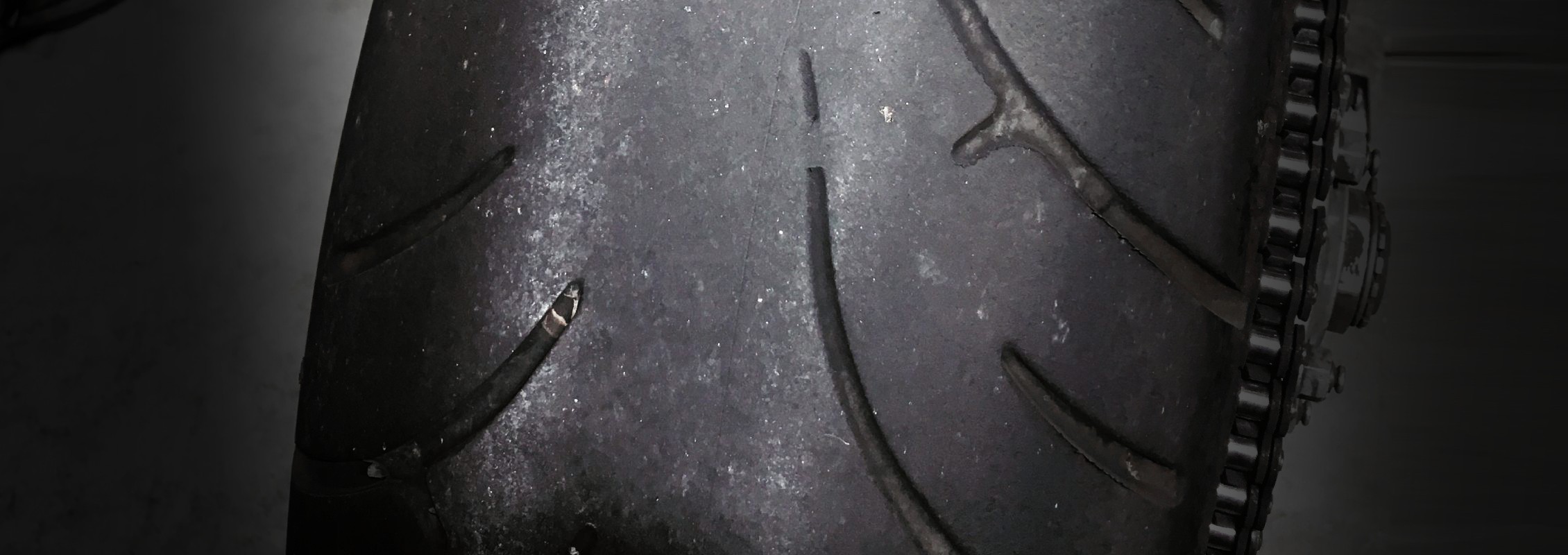
If you don’t ride like a chicken, you’re equally likely to develop flat spots. That’s because aggressive riders are creatures of habit – they tend to repeat the same lean angles in most turns. Speedier motorcyclists should look for two flattened rings on either edge of their tire. Just like chicken strips, edge flattening is a warning signal.
Another type of flat spot comes from leaving a motorcycle stationary for an extended period of time. If your bike isn't on stands during the winter, then your tires will become flattened in the areas where they contact the ground. Again, these flat spots indicate that it’s time to invest in a new set.
How to Identify Scalloping
Scalloping - also known as cupping - is a wear pattern that results from unidirectional rotation. Here, the leading edge of a tread shape is dulled, while the tailing edge remains sharp. This causes the tread knobs to repeatedly slant from low to high. Scalloping is especially common with off-road and dual-sport tires, which are particularly knobby.

A small amount of scalloping isn't a problem. When you start to feel increased vibration on the road, however, it’s time to change the tires. Off-road riders may notice that their tread knobs become rounded on all sides. This is also something to keep an eye on. Over time, dulled tires will result in a noticeable decrease in traction. Again, you will feel for yourself when this becomes a problem.
Reading Your Tire's Age Date Markings
Every tire is stamped with a “born-on” date. To find it, look for a three or four digit number at the end of the DOT markings. For post-2000 tires, the date will appear as four numbers. To give an example, consider the code 4812. This number indicates that the tire was made in the 48th week of 2012. Easy, right?
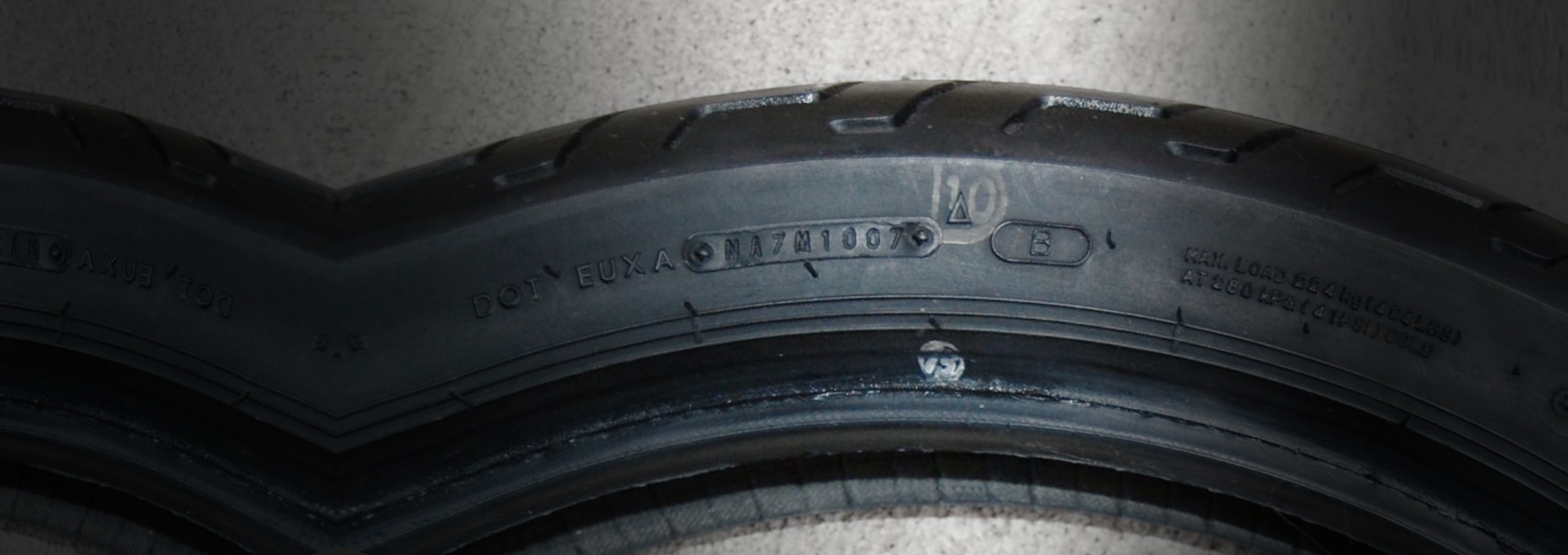
Tires made before the year 2000 have three-digit born-on dates. So, the number 347 means the tire was made in the 34th week of 1997, or 1987, or 1977, etc. It’s a bit more confusing, but don’t worry. Any tire made in the 1900s definitely needs to be replaced.
Always Investigate Stick-ons
Any object that clings to your tire for a while should be carefully inspected. Once, my father noticed a small metal circle inside my tire’s groove. We had to get pliers to pull the thing off, which ended up being the head of a 3” nail. The nail had plugged its own hole, so there wasn't any air loss nor change in ride quality. For all I know, I could have ran it over months earlier.
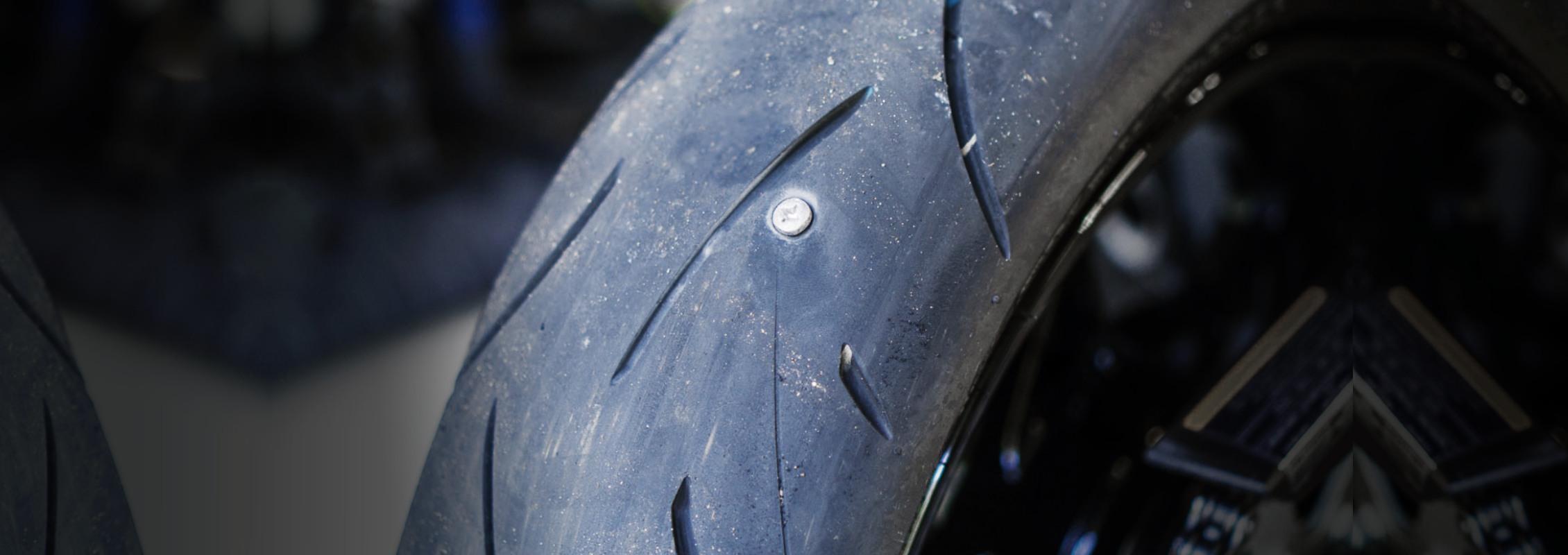
So – no harm, no foul? Not quite. I got lucky in that particular instance, as the head could have broken off at any time. This would have left my tire deflating in a real hurry. And, in all probability, it would have left me on the side of the road somewhere.
It’s worth taking a close look at your tires the next time you clean them. Make sure the bits that are stuck-on your tire aren’t actually stuck-in your tire.
If your tires fail any of these visual tests, congratulations! You might have saved your own life by preventing a hell of a startling discovery leaning into that corner.
Now get out there with a new set of broken-in rubbers, and let the fun of a new riding season begin!
Motorcycle Riders - You're Leaning the Wrong Way
Ever notice that police motorcyclists lean their bodies away from a turn? They're trained to. But why might this uncommon body position be helpful for our motorbikes?

Related Articles

How to De-Winterize Your Motorcycle
De-winterizing your bike is the subtle prelude to an epic riding season. Don’t skip it!

5 Telltale Signs of a Bad Used Motorcycle
Buying a used bike, or a lemon? Here are 5 methods to Sherlock your way into a good buy.

A Guide to Motorcycle Gear Ratios
Everything you need to know about gear changes and ratios. Fine tune the power delivery to your rear wheel.



